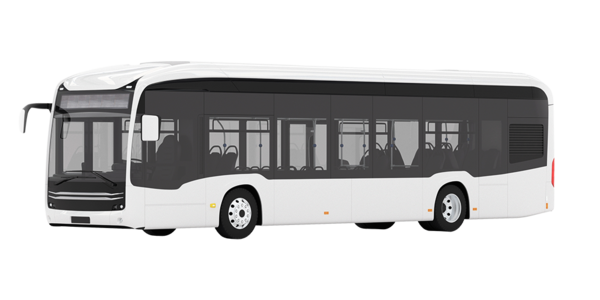Reflection coefficient – Technical sound insulation for machines, vehicles and buses
The reflection coefficient, also known as sound reflection, is an important parameter in the field of technical sound insulation. It describes the proportion of sound that is reflected by a surface and is expressed as a numerical value between 0 and 1. A high reflectance means that a large proportion of the sound is reflected back, while a low reflectance allows for better sound absorption.
In short, a reflectance of 0 means that the surface does not reflect any sound, while a value of 1 indicates complete reflection of the sound.
Significance of the reflection coefficient in technical sound insulation
The reflection coefficient plays a decisive role in technical sound insulation for
machines and vehicles. Materials with a low reflection coefficient are used to
maximise sound absorption and thus reduce noise pollution.
This is particularly important in areas where noise reduction and acoustic
comfort are of great importance.
Sound reflection in heat pumps
In order to reduce noise emissions from heat pumps to a minimum, modern heat pumps are designed using sound-absorbing materials and specially developed soundproof housings. These measures not only reduce direct sound radiation, but also minimise sound reflections from the housing and wall surfaces, which can further increase the noise level.
The result is a significantly quieter heat pump that increases acoustic comfort and improves the quality of life for residents – both indoors and outdoors.
Advantages of sound reflectance in buses
The use of materials with low reflectance is also very important in buses. The use of sound-absorbing materials can significantly reduce noise pollution for passengers. This not only increases comfort, but also improves safety, as lower background noise levels improve the driver's concentration.

Conclusion
The reflection coefficient/sound reflection coefficient is an indispensable tool in technical sound insulation for machines, vehicles and buses. Through the targeted selection and application of materials with a low reflection coefficient, sound absorption can be optimised and noise pollution effectively reduced. This leads to an improved acoustic environment and contributes significantly to increased comfort and safety.









